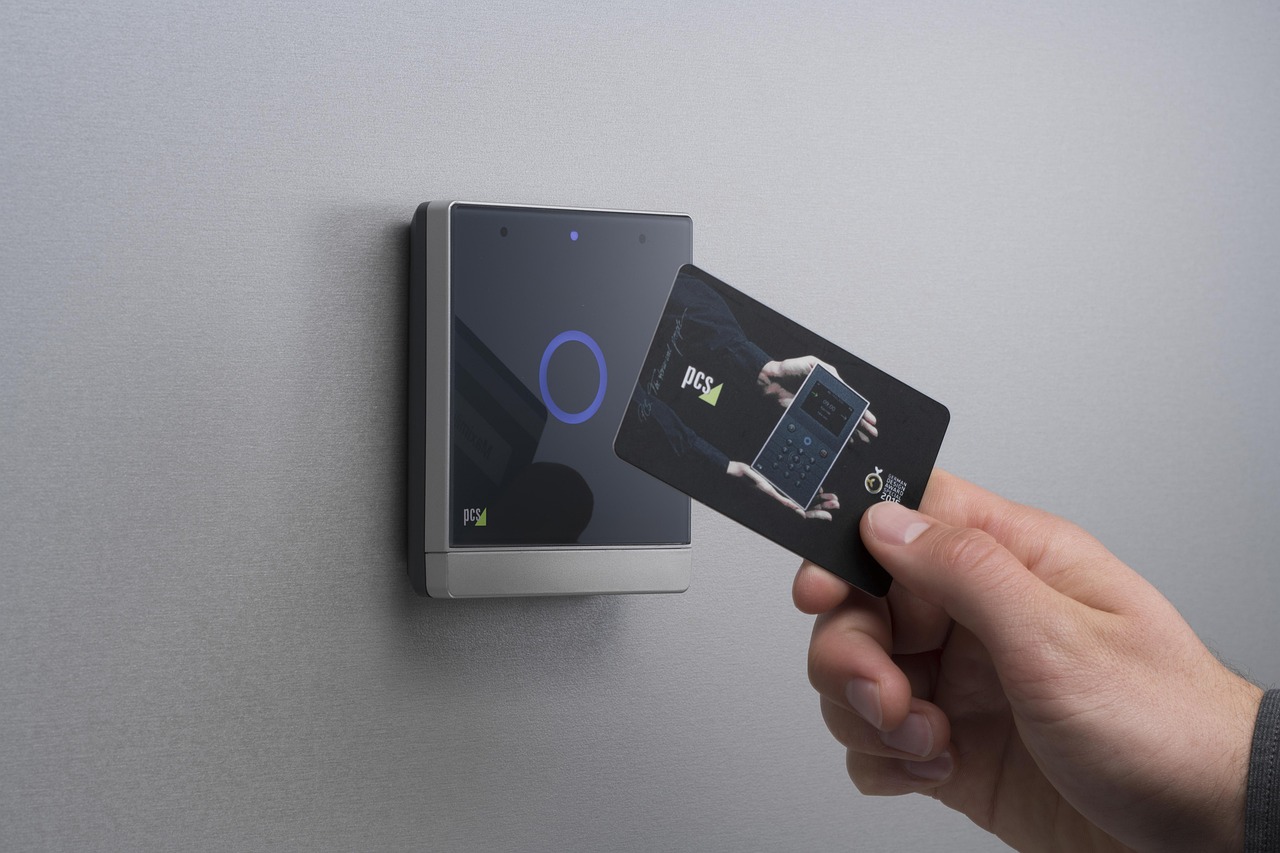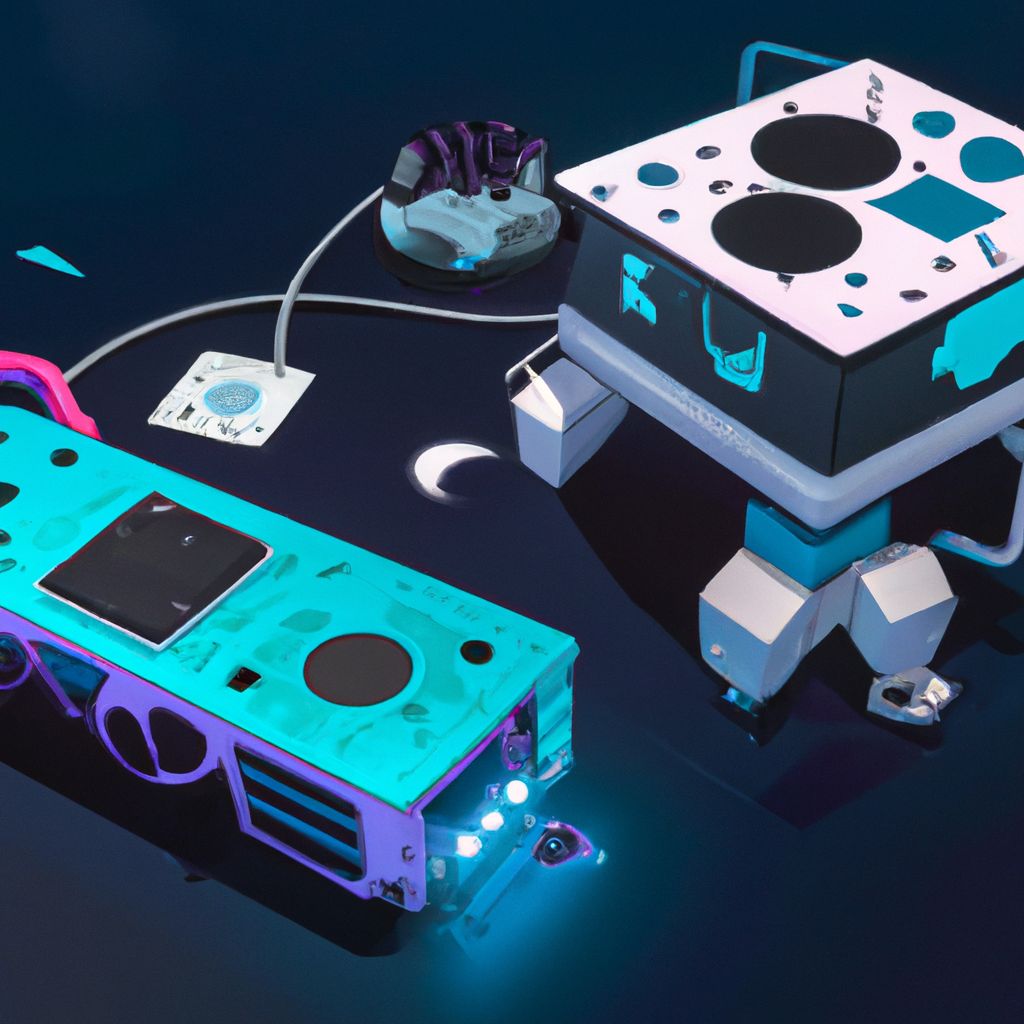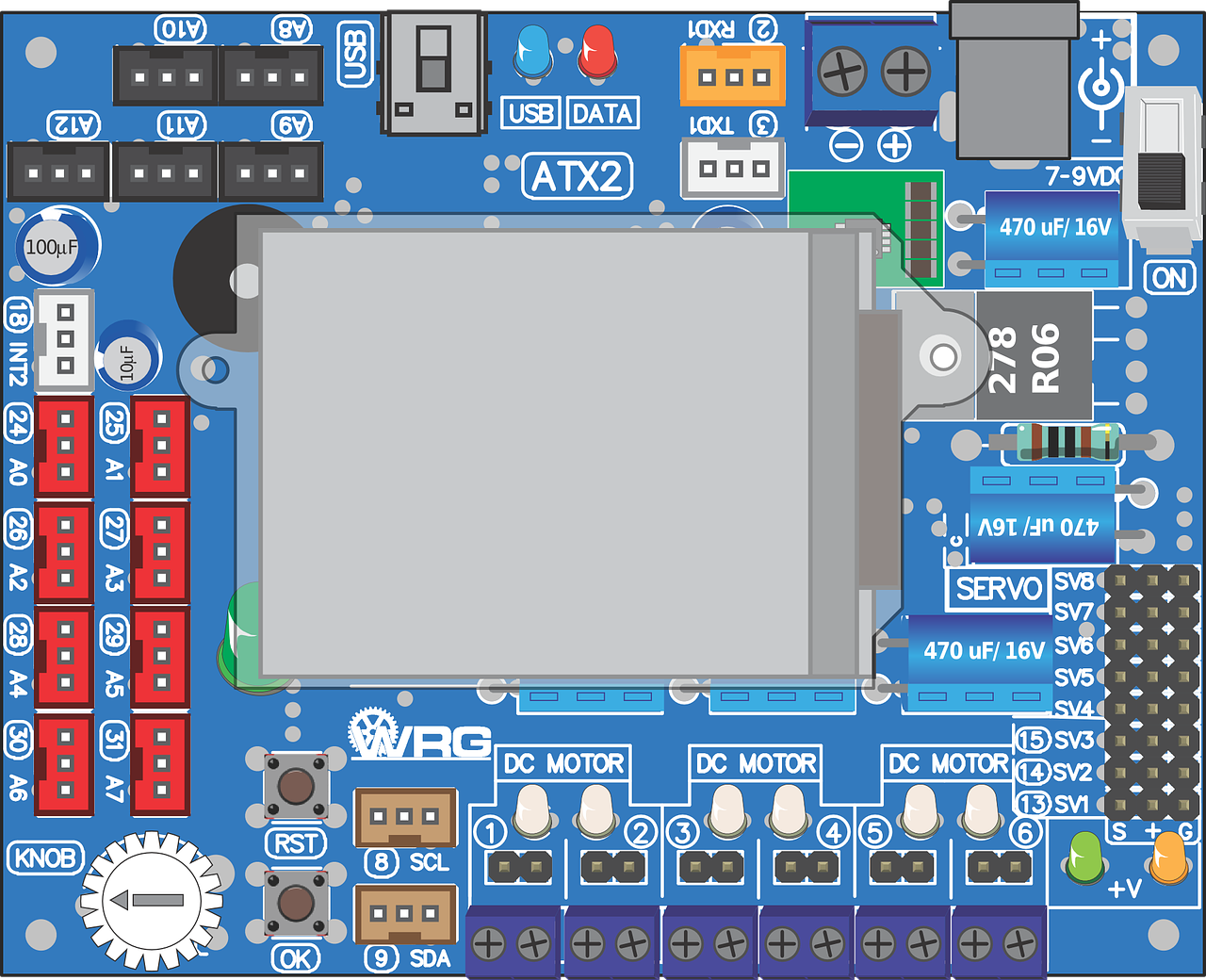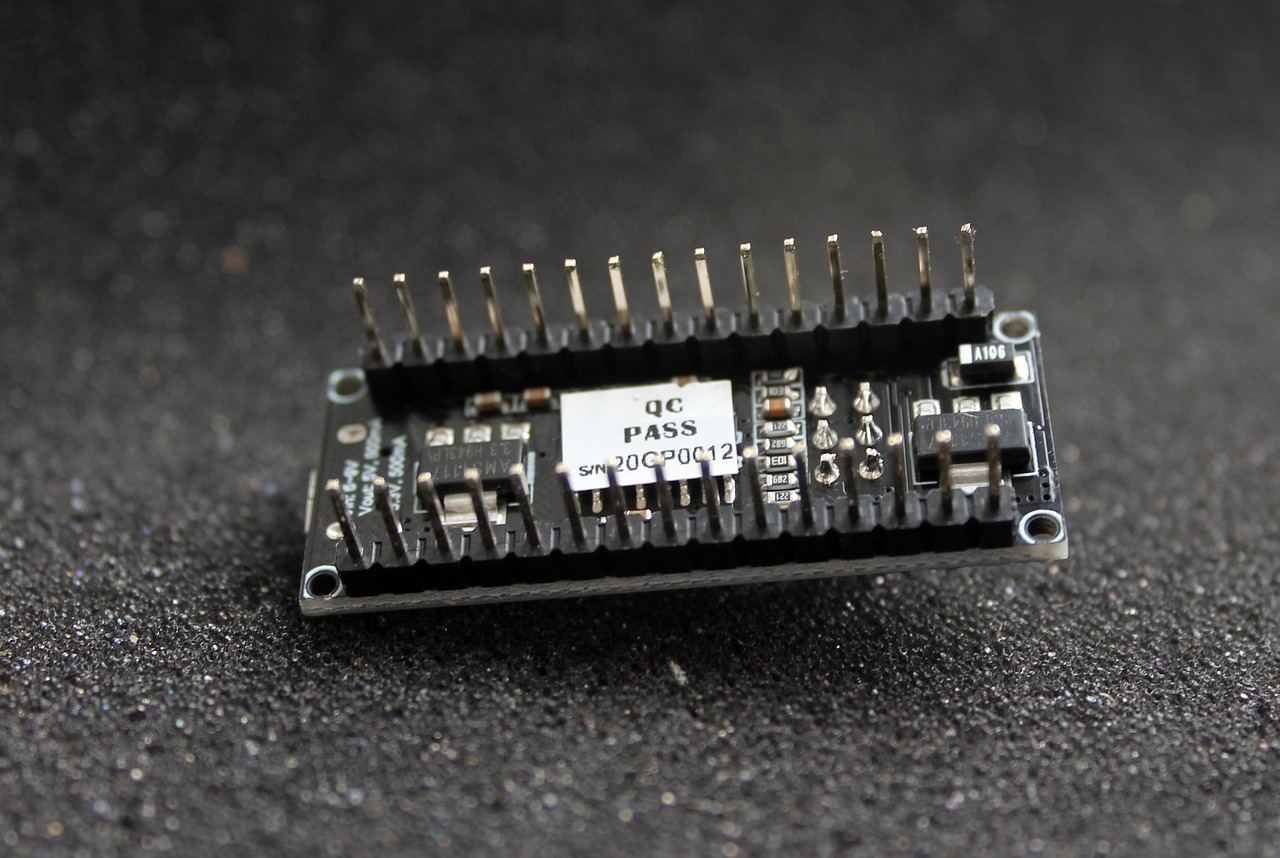What is RFID? Radio Frequency Identification Explained
Get to know everything about RFID – what it is, how it works, and what it can do for you.
Delve into the fascinating world of Radio Frequency Identification (RFID) with our comprehensive guide. Learn how this versatile technology operates, its numerous benefits and applications in sectors ranging from retail to healthcare, and how it’s shaping our future. Despite certain challenges, RFID continues to revolutionize operations, streamline inventory management, and enhance security measures across various industries. Our article also highlights the differences between RFID and traditional barcodes, giving a glimpse into the expansive potential of RFID in the era of digital transformation.





